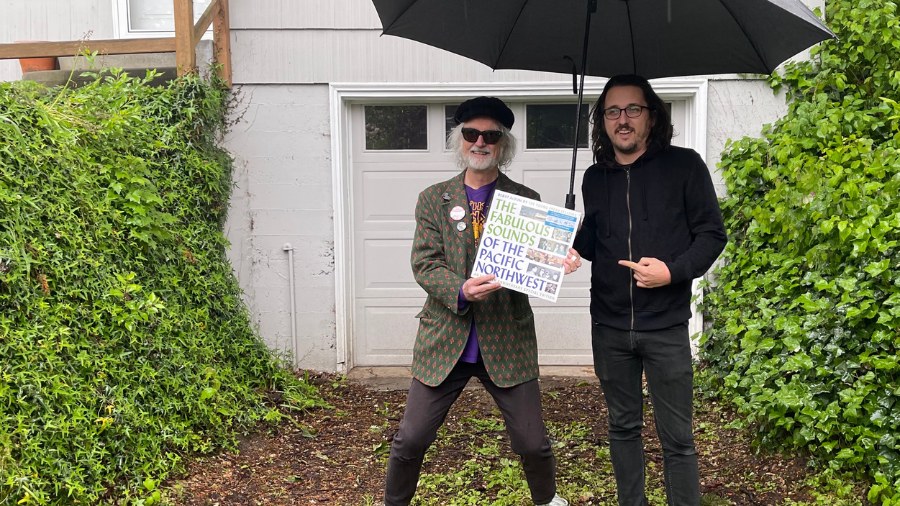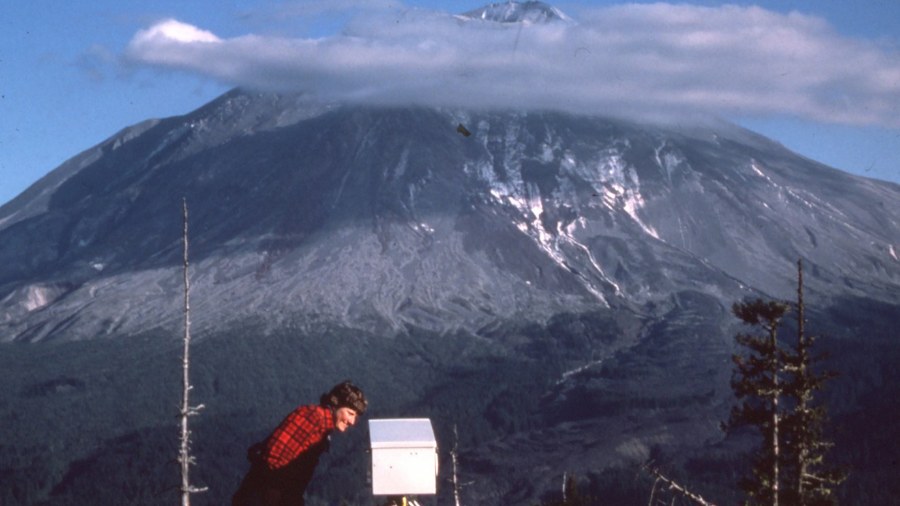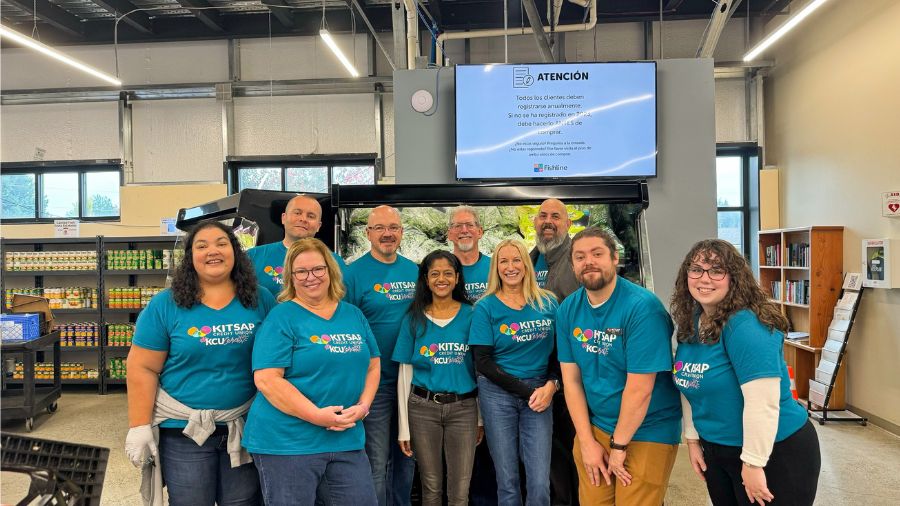Expert: It would take hundreds of years to digitize records at Seattle National Archives
Feb 26, 2020, 11:04 AM | Updated: 4:45 pm
When officials from the Washington, D.C. office of the National Archives and Records Administration met with a handful of tribal representatives at the National Archives in Seattle earlier this month, one solution that was offered was digitization.
Ferguson issues ultimatum over moving of Seattle National Archives
That is, since access to the materials now stored in Seattle will be more difficult once those materials are moved to a NARA facility in California roughly four years from now, D.C. officials suggested that scanning the priceless photos, maps, and documents before they’re moved could help minimize any difficulties created by the surprise closure.
Very little of what’s stored in Seattle has been digitized — perhaps far, far less than even one percent, according to some estimates.
To some of the tribal representatives in attendance, digitization sounded like a hollow promise, not unlike the treaties signed by Natives in the 1850s, that ceded millions of acres of ancestral lands to the federal government in exchange for reservations and access to fisheries, education, and healthcare.
Tessa Campbell is curator for the Tulalip Tribe’s Hibulb Cultural Center. She says the lack of outreach to Native Americans — before the decision was ever made to close the archives — makes it hard to trust whatever the NARA officials now say about any process moving forward, especially digitization.
“I hate to say it, but 165 years later after the treaty signing, things were promised by the federal government, like the hospital and a school, and it took many years,” Campbell said as she left the meeting in Seattle. “So it is my feeling that it’ll be the same process again — it’ll be several years before tribes see these collections digitized.”
The casual talk of digitizing the 56,000 cubic feet of records that NARA officials say are stored in Seattle gave pause to Seattle-based researcher and genealogist Trish Hackett Nicola. For an expert opinion, she reached out to David Rencher, Chief Genealogical Officer for Family Search — an arm of the Mormon Church — and who also serves as director of the Family History Library in Salt Lake City.
KIRO Radio spoke with Rencher earlier this week to learn more about what it would take to digitize the priceless records held by NARA in Seattle.
Rencher, who has overseen digitization of thousands of documents, says that he and his colleagues estimate that in each cubic foot of archival materials, there are roughly 2,000 pages of documents. This figure doesn’t take into account photos or maps or other non-standard materials, but it’s a good baseline estimate.
Based on Rencher’s figure, then, in Seattle’s 56,000 cubic feet of materials, there would be roughly 112 million pages of documents. Rencher says that one person operating one scanner, working 8 hours a day, 5 days a week, 52 weeks a year, would be able to scan about 500,000 documents. Rencher calls this a “camera year,” and reckons that, under perfect conditions, the digitization in Seattle would take 224 of these “camera years.”
Even if you doubled the number of scanners or, better yet, had a total of 10 scanners, the time required to digitize the Seattle collection would be nearly 23 years. And each of those scanners would require purchase and upkeep, and each person operating the scanner would represent an FTE (or full-time equivalent employee).
Unfortunately, even this decades-long estimate may be way off.
Solutions emerging to Seattle National Archives debacle
For instance, those 224 “camera years”? There’s more to digitizing, says Rencher, than simply pressing the “scan” button, such as creating and entering the “metadata,” or the detailed information about each item that helps researchers find what they’re looking for.
“[The 224 years estimate] didn’t even mention all of the document prep and the conservation that would need to take place ahead of actually digitizing the records,” Rencher said. “You probably have an equal amount of time where they go through and they have to unfold and flatten the papers, they have to take out staples, they have to take out pins … [or] if there’s conservation work that needs to be done to the documents.”
“All of that kind of prep work has to be done before you take your first digital image,” Rencher said.
That’s a process that would take even more time and money.
“It’s a lot of camera years to be able to do that, and they’re talking about closing it down in just a few short years,” Rencher said. “Personally, I don’t see a way that they could digitize all of that content before they before they close the doors and move it.”
NARA officials may be able to provide a more detailed estimate of what needs to be digitized and what will be required to do so, but these officials have not responded substantively to any of KIRO Radio’s multiple requests for comment in the past several weeks.













